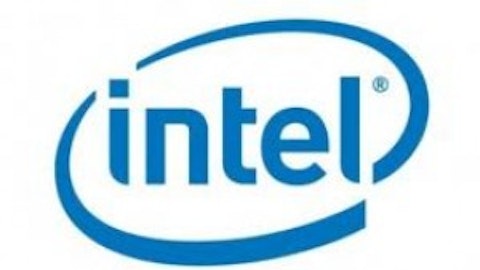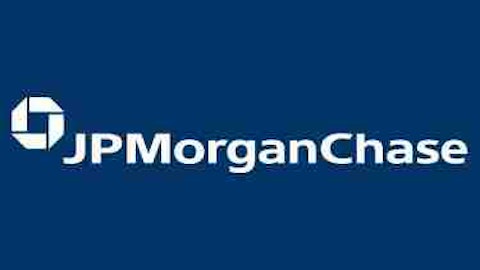If you were to hone in on the capital positions of the nation’s six biggest banks, you’d likely notice an interesting anomaly. That is, the seemingly worst-run banks have the highest capital ratios.
One look at the chart above could easily lead an uninformed observer to conclude that Citigroup Inc. (NYSE:C) and Bank of America Corp (NYSE:BAC) are far and away the safest banks to invest in. Meanwhile, the same individual would be excused for thinking that PNC Financial Services (NYSE:PNC) and U.S. Bancorp (NYSE:USB) should be avoided like the plague.
As we know from experience, though, there’s clearly more to this than meets the eye.
The biggest issue is that capital ratios don’t capture off-balance sheet risk. Take Bank of America Corp (NYSE:BAC) as an example. Over the last few years, it’s paid out tens of billions of dollars in liability for faulty mortgages that were originated and then sold to institutional investors on the eve of the financial crisis. None of this could have been foreseen by an analysis of any of Bank of America Corp (NYSE:BAC)’s financial statements, much less its balance sheet alone.
The nation’s largest bank by assets, JPMorgan Chase & Co. (NYSE:JPM), provides another case in point. According to its latest quarterly report, there are at least six outstanding legal and regulatory investigations that could cost the bank as much as $6.8 billion in future legal losses in excess of reserves. It was announced just this week, in fact, that regulators are looking into whether the bank committed bribery by hiring the children of high-ranking Chinese officials.
In addition to off-balance-sheet issues, there may even be a reason to believe that a negative relationship currently exists between core capital ratios and safety among the biggest banks.
While common sense seems to dictate that a capital ratio is simply a bank’s equity divided by its assets, the reality is much more nuanced. As opposed to equity, the numerator in the most closely watched capital ratio consists of a bank’s tier 1 common capital, which is effectively common stockholders’ equity less intangible assets. And as opposed to total assets, the denominator is occupied by so-called “risk-weighted” assets.
If you’re wondering, in turn, why Bank of America Corp (NYSE:BAC) and Citigroup Inc. (NYSE:C) fair so well when it comes to capital ratios, the answer lies in their ability to minimize their risk-weighted assets. Over the last few years, both companies have worked diligently to cleanse their balance sheets of holdings that don’t qualify for preferential capital treatment. Among other business lines, Bank of America Corp (NYSE:BAC) has rid itself of foreign credit card and wealth management operations while Citigroup Inc. (NYSE:C) recently completed a deal to offload its stake in a retail brokerage unit.
The catch is that, many of these operations are profitable. And on top of this, their place on the balance sheet has been taken, in large part, by highly liquid assets, which contribute little or nothing to the bottom line. You can see this in the chart here.
My point is simple. In theory, there is no question that a higher capital ratio is better than a lower capital ratio, holding all else equal. But in reality, nothing is ever held equal. And as a result, investors would be well advised to look beyond these figures to see what’s really going on below.
The article There’s More to Bank Capital Than Meets the Eye originally appeared on Fool.com and is written by John Maxfield.
John Maxfield owns shares of Bank of America. The Motley Fool recommends Bank of America. The Motley Fool owns shares of Bank of America, Citigroup, JPMorgan Chase, and PNC Financial Services (NYSE:PNC).
Copyright © 1995 – 2013 The Motley Fool, LLC. All rights reserved. The Motley Fool has a disclosure policy.






